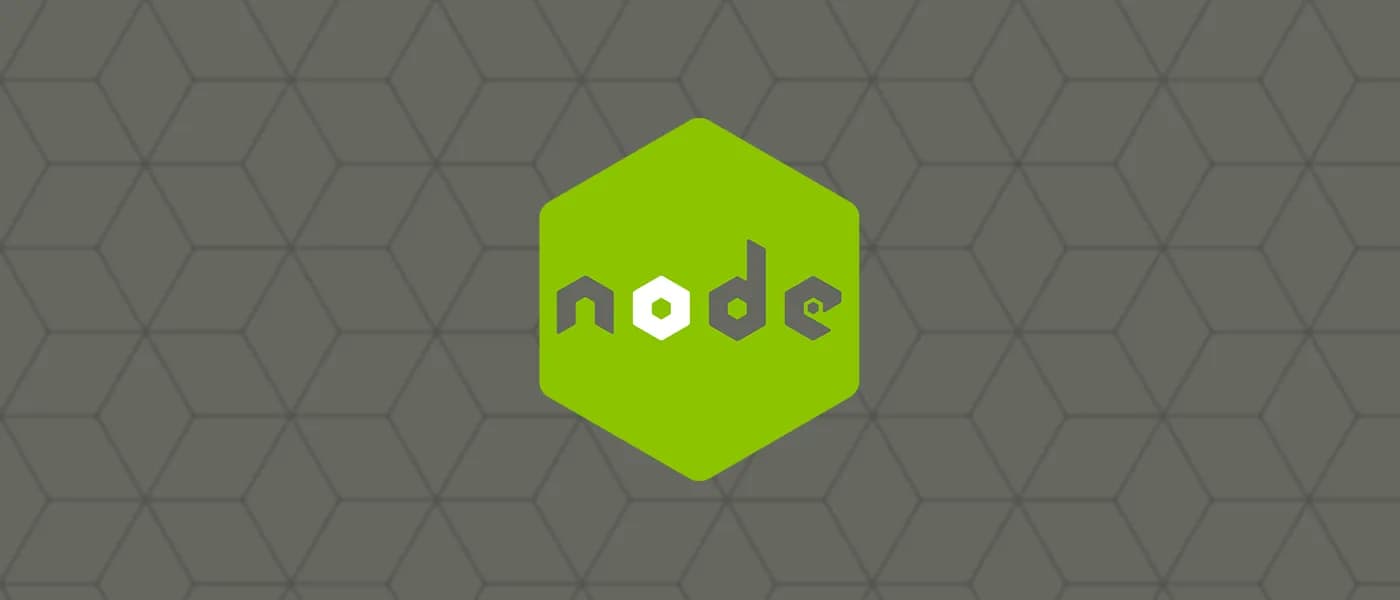
MongoDB Insights in 2025: Unlock Powerful Data Analysis and Secure Your Database from Injection Attacks
MongoDB powers modern backend applications with flexibility and scalability, but growing data complexity demands better monitoring and security. MongoDB Insights tools provide critical visibility into query performance and help safeguard against injection attacks. This guide explores how to leverage these features for optimized, secure Python backends in 2025.
Dev Orbit
May 31, 2025
Introduction
In the world of backend development, MongoDB has grown to be a pillar for building flexible, scalable applications. Its document-based, schema-less design lets developers iterate quickly while handling diverse data models. But as MongoDB deployments scale in complexity and size, developers face two core challenges:
How do you gain deep visibility and insights into your database's real-time performance and query behavior?
How do you defend your application against injection attacks—those sneaky exploits that can steal, modify, or delete data—even in NoSQL contexts?
In 2025, these questions are more relevant than ever. MongoDB Insights—a collection of powerful monitoring, profiling, and analytic tools—helps developers tackle these challenges head-on.
This comprehensive guide covers everything you need to know about MongoDB Insights, how to use it for advanced query optimization, and how to implement robust security against injection attacks. We'll dig into real-world examples, code snippets in Python, and explain key concepts to give you actionable skills for your projects.
What Is MongoDB Insights, and Why Does It Matter?
MongoDB Insights refers to the set of features and tools—primarily available through MongoDB Atlas, MongoDB Compass, and Atlas Data Explorer—that provide deep visibility into your database's health, performance, and data characteristics.
Key Capabilities:
Performance Monitoring: Track query latency, throughput, and resource usage in real time.
Query Profiling: Analyze which queries are slow or expensive, with detailed execution plans.
Index Usage Analysis: Identify missing or unused indexes to optimize query speed.
Schema Visualization: Understand document structures and how they evolve over time.
Security Auditing: Detect suspicious query patterns that may indicate injection attempts.
Alerting: Set up automated notifications for abnormal behaviors.
⚡ Insight: These tools are critical in production environments where inefficient queries or security vulnerabilities can cause downtime, data loss, or compliance issues.
Understanding MongoDB Injection Attacks: The NoSQL Twist
Though MongoDB is not an SQL database, injection attacks are still a serious risk—often called "NoSQL injections." Unlike classic SQL injections that manipulate SQL syntax, MongoDB injections exploit the way query documents and operators are built, especially when user input is inserted directly into queries without validation.
Anatomy of a MongoDB Injection
Suppose your backend receives a JSON filter from a user that is inserted verbatim into a query. If the user sends malicious content, such as MongoDB operators like $ne (not equal), $gt (greater than), or even $where (to run JavaScript code), it can cause unexpected query behavior or bypass security checks.
Example:
user_filter = '{"username": {"$ne": null}}' # Malicious input allowing bypass
# Unsafe code: directly parsing and using the input as a query filter
import json
filter_doc = json.loads(user_filter)
result = db.users.find(filter_doc)This query returns all users because it matches all documents where username is not null, effectively ignoring any intended restrictions.
How MongoDB Processes Queries Under the Hood
MongoDB queries use BSON documents that contain field/value pairs and special operators. When you run a .find() or .aggregate(), MongoDB creates a query execution plan to fetch data efficiently. This plan may use indexes, scan documents, or use in-memory sorts.
MongoDB Insights tools let you:
Visualize the execution plan.
Identify if an index was used or if a collection scan occurred.
Detect if a query is causing CPU or memory bottlenecks.
Explain Plans: The Developer's Crystal Ball
Using explain() reveals how MongoDB executes queries. It returns detailed info such as:
winningPlan: The chosen plan.stage: Stages likeIXSCAN(index scan) orCOLLSCAN(collection scan).nReturned: Number of documents returned.executionTimeMillis: Time taken.
Example:
explain = db.orders.find({"status": "shipped"}).explain()
print(explain)Analyzing explain plans helps you optimize queries by adding indexes or rewriting queries.
Code Deep Dive: Writing Secure, Optimized Queries in Python
Let’s build a safe, performant query pipeline for an inventory system with filtering, pagination, and aggregation.
from pymongo import MongoClient
from bson import ObjectId
client = MongoClient("mongodb+srv://username:password@cluster.mongodb.net")
db = client['inventory']
def safe_find_products(filters, page=, page_size=):
# Whitelist fields and operators to prevent injection
allowed_fields = {'category', 'price', 'stock'}
allowed_ops = {'$gt', '$lt', '$eq', '$in'}
safe_filter = {}
for key, value in filters.items():
if key in allowed_fields:
if isinstance(value, dict):
# Filter operators validation
safe_ops = {op: val for op, val in value.items() if op in allowed_ops}
if safe_ops:
safe_filter[key] = safe_ops
else:
safe_filter[key] = value
cursor = db.products.find(safe_filter).skip((page-1)*page_size).limit(page_size)
return list(cursor)
# Example usage
filters = {"price": {"$gt": 50}, "category": "elecWhat did we do here?
Input Validation: Only allowed fields and operators are accepted.
Pagination: Limits data load for frontend.
No direct parsing of raw JSON from users without filtering.
Visual Workflow: How MongoDB Insights Fits in Your Development Cycle
+----------------+ +----------------+ +---------------------+
| Application | ---> | MongoDB Driver | ---> | MongoDB Server |
+----------------+ +----------------+ +---------------------+
|
v
+---------------------------------------+
| MongoDB Insights (Atlas / Compass) |
| - Query Profiling |
| - Performance Metrics |
| - Index Usage |
| - Security Alerts |
+---------------------------------------+MongoDB Insights acts as a feedback loop for developers and DBAs to:
Monitor real-time query performance
Adjust indexes and query structure
Detect security anomalies early
Continuously improve your database schema and access patterns
Real-World Case Study: Scaling a Python Backend with MongoDB Insights and Security
Scenario: A SaaS platform serving thousands of customers daily needs to support complex user analytics while maintaining strong security.
Problem:
Query latency increased due to unindexed filters.
Injection attempts observed in logs.
No centralized monitoring to spot slow queries or suspicious activity.
Solution Steps:
Enable MongoDB Insights in Atlas to track query performance and resource consumption.
Review slow query logs and use explain plans to identify missing indexes.
Create compound indexes on frequently filtered fields.
Implement strict input validation in Python backend using whitelisting techniques.
Set up alerts in MongoDB Atlas for unusual query patterns or spikes.
Educate dev team about injection risks and best practices.
Outcome:
40% reduction in average query time.
Zero injection incidents after 6 months.
Better visibility enabled proactive optimizations before user impact.
Bonus: Leveraging Aggregation Pipelines with Insights and Security
Aggregation pipelines let you transform and analyze data in stages, much like SQL’s GROUP BY but more flexible.
Example — Sales aggregation by category and month:
pipeline = [
{"$match": {"status": "completed"}},
{"$group": {
"_id": {"category": "$category", "month": {"$month": "$orderDate"}},
"totalSales": {"$sum": "$amount"},
"orderCount": {"$sum": 1}
}},
{"$sort": {"_id.month": 1}}
]
result = db.orders.aggregate(pipeline)
for doc in result:
print(doc)Using Insights:
Use the
explain()method on your aggregation pipelines.Check stages causing bottlenecks.
Add indexes on fields used in
$match.
Security Tip:
Avoid injecting unvalidated user inputs into pipeline stages.
Restrict dynamic pipeline construction or sanitize inputs rigorously.
Conclusion
In 2025, MongoDB Insights is not just a luxury but a necessity for developers and backend engineers aiming to build fast, reliable, and secure applications. By leveraging MongoDB’s monitoring tools, understanding query execution plans, and applying rigorous input validation, you can unlock advanced data analytics while protecting your database from injection attacks.
Start integrating these insights into your workflow now to stay ahead in the game. Have you used MongoDB Insights in your projects?
💬 Found this useful?
🔁 Share with your dev team.

Enjoyed this article?
Subscribe to our newsletter and never miss out on new articles and updates.
More from Dev Orbit

Top AI Tools to Skyrocket Your Team’s Productivity in 2025
As we embrace a new era of technology, the reliance on Artificial Intelligence (AI) is becoming paramount for teams aiming for high productivity. This blog will dive into the top-tier AI tools anticipated for 2025, empowering your team to automate mundane tasks, streamline workflows, and unleash their creativity. Read on to discover how these innovations can revolutionize your workplace and maximize efficiency.

AI: A Double-Edged Sword for HumanityAI: A Double-Edged Sword for Humanity
As we navigate the uncharted waters of artificial intelligence, we face a remarkable revolution that holds the potential to dramatically reshape human existence. This article delves into how AI can serve both as an unparalleled tool for advancement and a potential source of significant challenges. We will explore the implications of AI, particularly the upcoming advancements like GPT-5, offering valuable insights into harnessing its power responsibly.

🚀 Mastering Python Automation in 2025: Deep Insights, Real-World Use Cases & Secure Best Practices
Streamline your workflows, eliminate manual overhead and secure your automation pipelines with Python — the most powerful tool in your 2025 toolkit.

9 Powerful Reasons Why NestJS Beats Other Backend Frameworks in 2025
NestJS is revolutionizing how developers approach backend development in 2025. With built-in TypeScript support, modular architecture and first-class microservices integration, it's more than just a framework—it's a complete platform for building enterprise-grade, scalable applications. Discover why NestJS outshines Express, Django, Laravel and other backend giants in this in-depth comparison.

Why Most People Waste Their AI Prompts ? How to Fix It...
In the current landscape of AI technology, many users struggle with crafting effective prompts. This article explores common pitfalls and offers actionable strategies to unlock the true potential of AI tools like GPT-5.

GitHub Copilot vs Tabnine (2025): Which AI Assistant is Best?
AI coding assistants are no longer futuristic experiments—they’re becoming essential tools in the modern developer’s workflow. In this review, we’ll compare GitHub Copilot and Tabnine head-to-head in 2025, exploring how each performs in real-world backend coding tasks. From productivity gains to code quality, we’ll answer the burning question: Which AI assistant should you trust with your code?
Releted Blogs

Deep Dive into Error Handling and Logging in Node.js
Mastering the essentials of error handling and logging in Node.js for more resilient backends.

Python vs R vs SQL: Choosing Your Climate Data Stack
Delve into the intricacies of data analysis within climate science by exploring the comparative strengths of Python, R and SQL. This article will guide you through selecting the right tools for your climate data needs, ensuring efficient handling of complex datasets.

From Autocompletion to Agentic Reasoning: The Evolution of AI Code Assistants
Discover how AI code assistants have progressed from simple autocompletion tools to highly sophisticated systems capable of agentic reasoning. This article explores the innovations driving this transformation and what it means for developers and technical teams alike.

NestJS Knex Example: Step-by-Step Guide to Building Scalable SQL Application
Are you trying to use Knex.js with NestJS but feeling lost? You're not alone. While NestJS is packed with modern features, integrating it with SQL query builders like Knex requires a bit of setup. This beginner-friendly guide walks you through how to connect Knex with NestJS from scratch, covering configuration, migrations, query examples, real-world use cases and best practices. Whether you're using PostgreSQL, MySQL or SQLite, this comprehensive tutorial will help you build powerful and scalable SQL-based applications using Knex and NestJS.

10 Powerful Tips for Efficient Database Management: SQL and NoSQL Integration in Node.js
Streamline your Node.js backend by mastering the integration of SQL and NoSQL databases—these 10 practical tips will help you write cleaner, faster and more scalable data operations.

Handling File Uploads Using Multer In Node Js Express
Web developers must understand how to handle file uploads in the fast-changing world of web development. Multer in Node.js is a robust solution for this task. This article explores Multer features, installation process, advanced functionalities and best practices for seamless integration with Express.
Have a story to tell?
Join our community of writers and share your insights with the world.
Start Writing